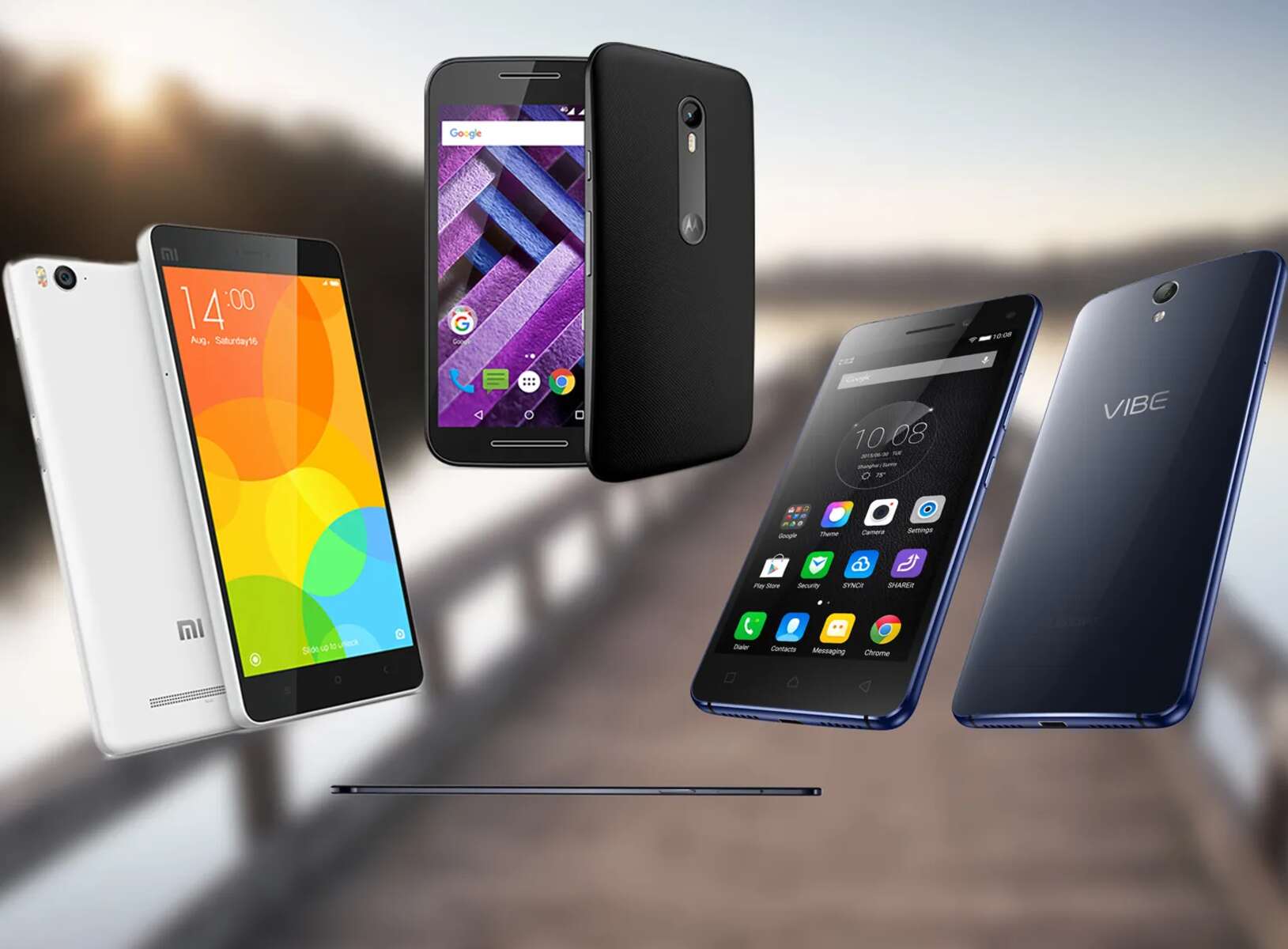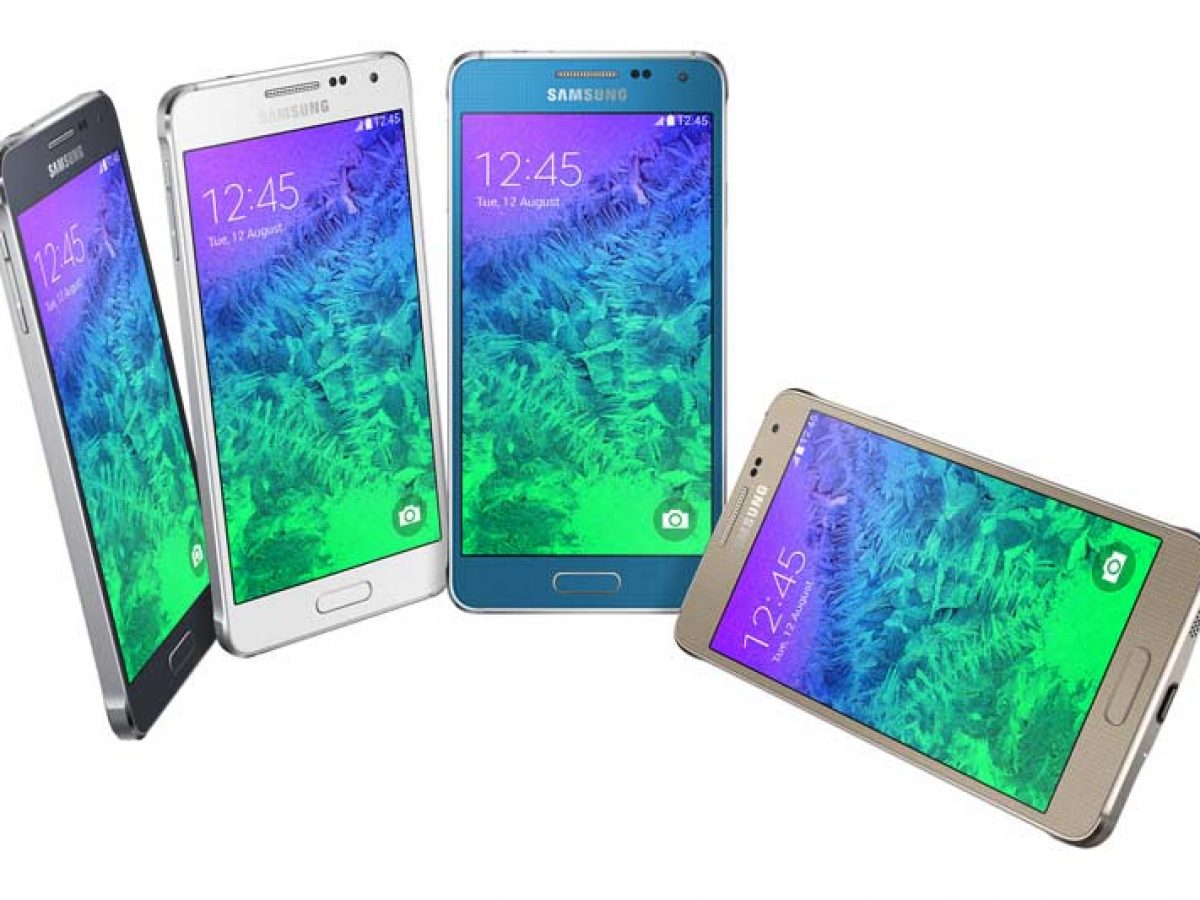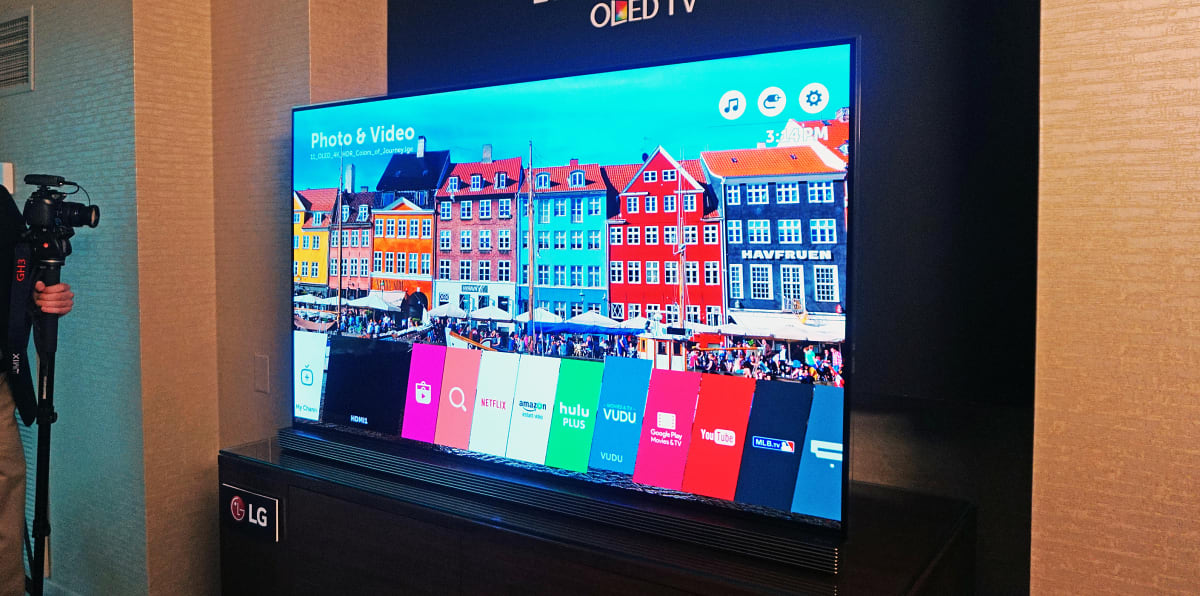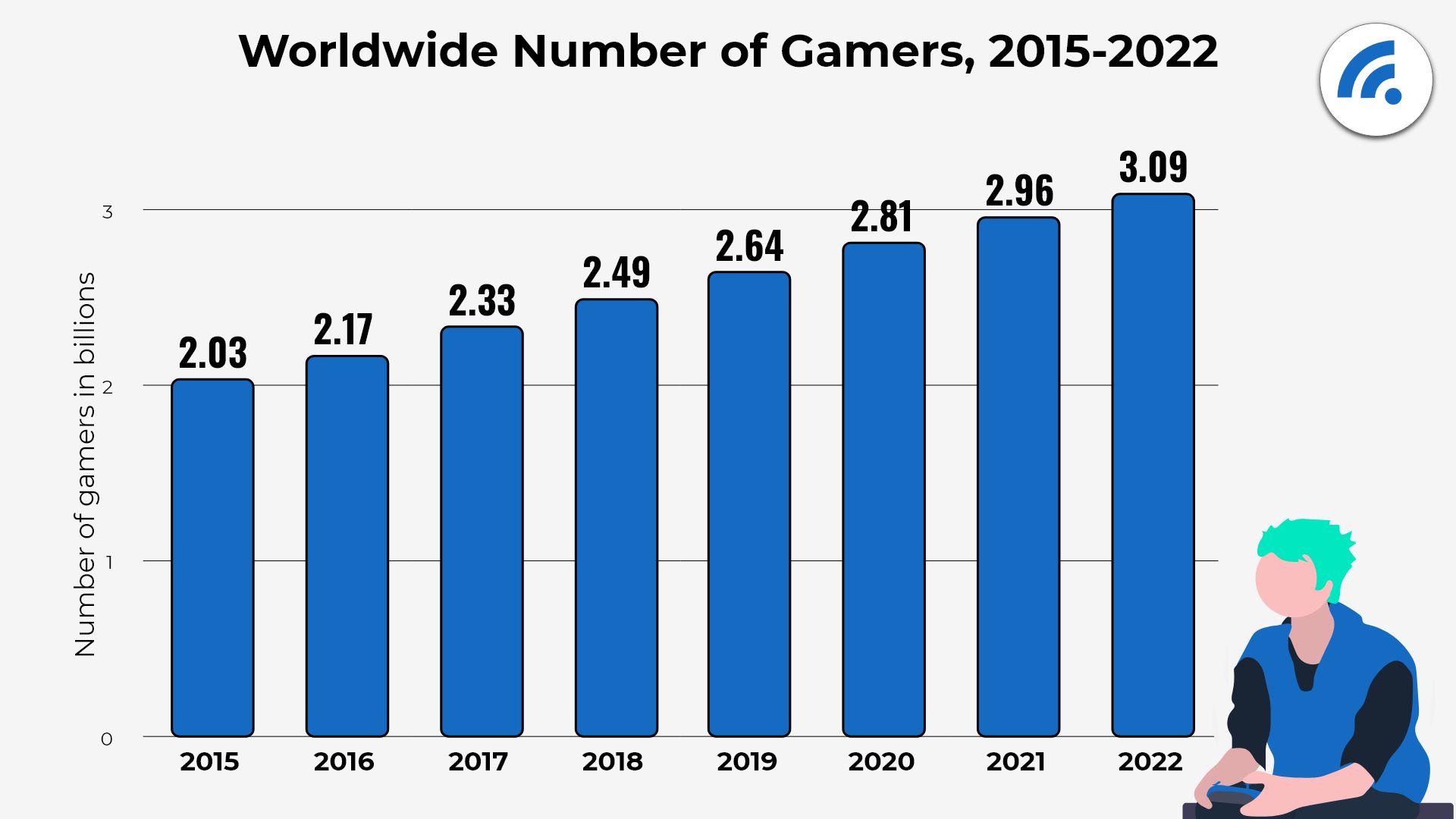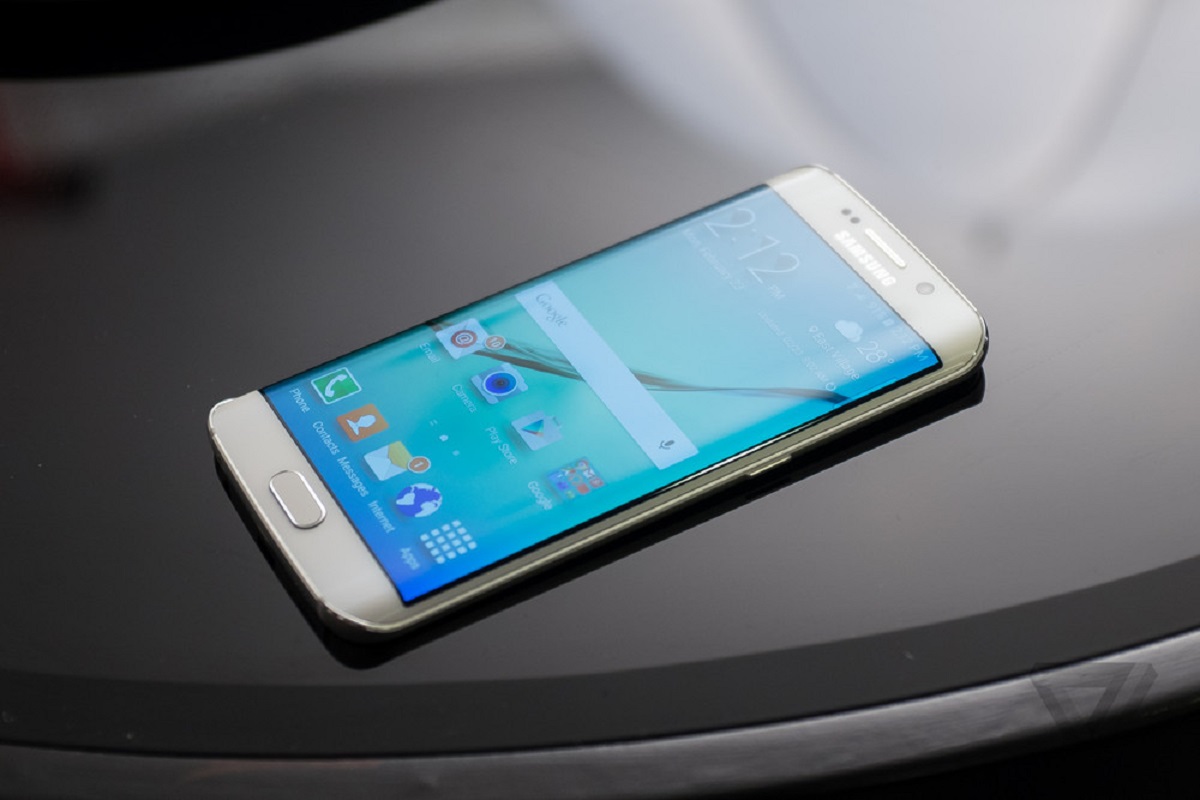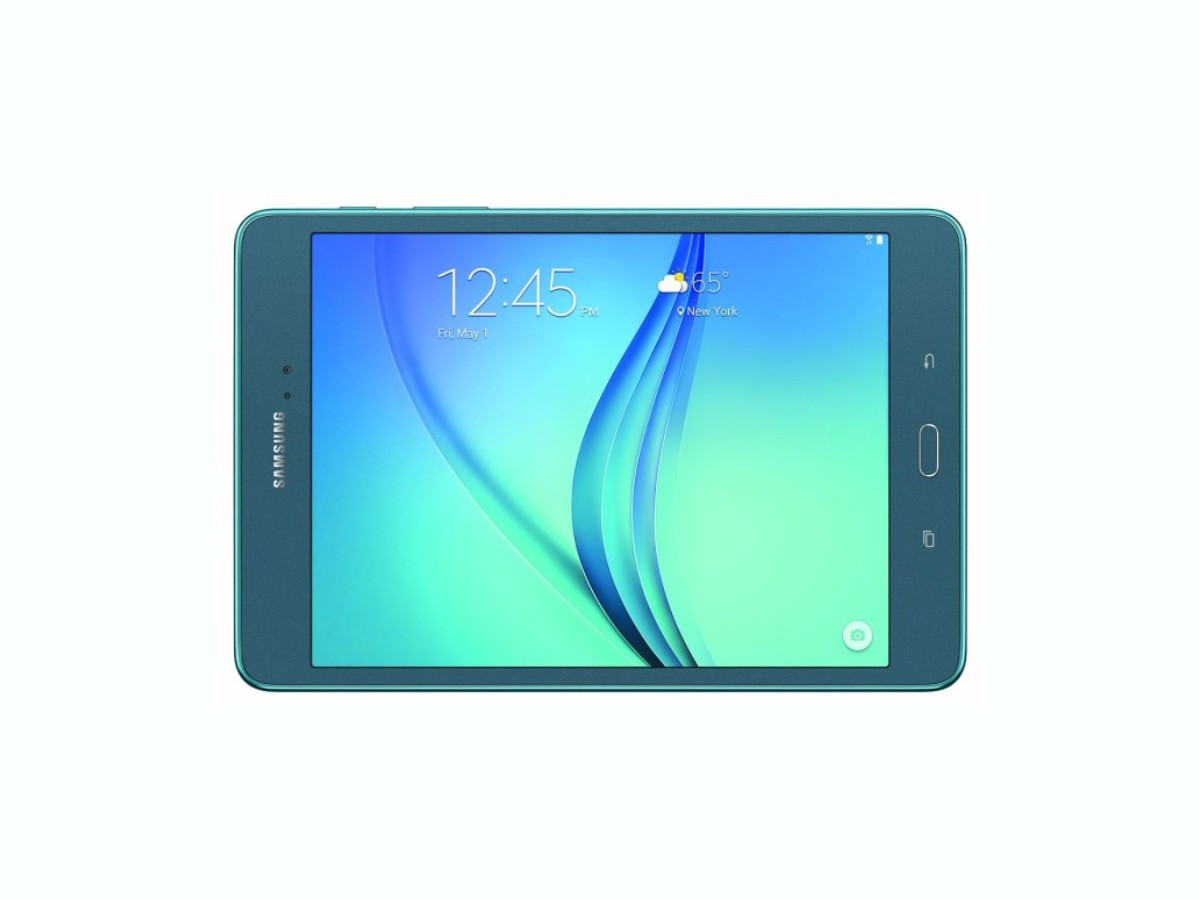Introduction
Smartphones have become an essential part of our lives. They keep us connected, help us stay organized, capture memories, and entertain us on the go. With constant advancements in technology, choosing the best smartphone can be a daunting task. In this article, we will explore some of the top contenders for the title of the best smartphone in 2015.
During this period, several companies introduced flagship devices that pushed the boundaries of innovation. From Apple’s iPhone 6s to Samsung’s Galaxy S6, and Google’s Nexus 6P, we witnessed fierce competition and the launch of some remarkable smartphones.
The year 2015 was marked by the release of high-performing devices with impressive features and sleek designs. Whether you are looking for a smartphone with a stellar camera, a powerful processor, or a stunning display, there was something for everyone.
In this article, we will delve into the top contenders and highlight their standout features, pros, and cons. Keep in mind that the best smartphone for you will depend on your specific needs and preferences. Let’s dive into our exploration of the best smartphones of 2015 and find the perfect device that suits your requirements.
iPhone 6s
Apple has always been a frontrunner in the smartphone industry, and the iPhone 6s was no exception. Released in September 2015, the iPhone 6s showcased Apple’s commitment to delivering an exceptional user experience.
The iPhone 6s boasted a sleek design with its signature aluminum unibody construction. Its 4.7-inch Retina HD display provided vibrant colors and sharp visuals. The device was powered by Apple’s A9 chip, which ensured smooth performance and efficient multitasking.
One of the standout features of the iPhone 6s was its enhanced 3D Touch technology. This innovative feature allowed users to interact with their device in a whole new way by sensing different levels of pressure on the screen. It enabled quick access to app shortcuts, previews, and contextual menus, enhancing convenience and efficiency.
The 12-megapixel rear camera of the iPhone 6s delivered stunning photos with accurate colors and great detail. The device also introduced Live Photos, which captured a few seconds of video before and after a photo was taken, bringing memories to life.
Another notable feature was the integration of Touch ID, Apple’s fingerprint sensor technology, in the home button. This provided added security and made unlocking the device and authorizing purchases a breeze.
The iPhone 6s ran on iOS 9, which introduced various improvements and new functionalities. With its app ecosystem and seamless integration with other Apple devices, the iPhone 6s offered a cohesive and user-friendly experience.
While the iPhone 6s was undoubtedly a remarkable device, it did have some drawbacks. The battery life was slightly underwhelming, especially compared to some of its competitors. Additionally, the base model came with only 16GB of storage, which may not be sufficient for users with a large number of apps and media.
In summary, the iPhone 6s was a flagship device that combined elegant design, powerful performance, and innovative features. It offered a seamless user experience and showcased Apple’s dedication to delivering cutting-edge technology. Whether you are a photography enthusiast or an avid Apple ecosystem user, the iPhone 6s was a strong contender for the title of the best smartphone in 2015.
Samsung Galaxy S6
When it comes to Android smartphones, Samsung has always been a dominant player. In 2015, the Samsung Galaxy S6 was a flagship device that captivated users with its sleek design and impressive features.
The Galaxy S6 boasted a metal and glass body, giving it a premium look and feel. Its 5.1-inch Quad HD Super AMOLED display delivered stunning visuals with vibrant colors and excellent contrast. The device was powered by Samsung’s own Exynos 7420 octa-core processor, ensuring smooth performance and seamless multitasking.
One of the standout features of the Galaxy S6 was its 16-megapixel rear camera. With its f/1.9 aperture and optical image stabilization, it captured sharp, detailed photos even in low light conditions. The device also featured a robust Pro mode, allowing photography enthusiasts to fine-tune their shots.
The Galaxy S6 introduced a fingerprint sensor on the home button, providing enhanced security and convenience. It also supported wireless charging, a feature that was still relatively new in the smartphone market at that time.
Running on Samsung’s TouchWiz UI based on Android 5.0 Lollipop, the Galaxy S6 offered a feature-rich and customizable user experience. It came with various pre-installed apps and offered a wide range of customization options to tailor the device to individual preferences.
One downside of the Galaxy S6 was its non-removable battery, which limited users’ ability to swap out a drained battery for a fully charged one. Additionally, the absence of expandable storage may have posed a limitation for users who required a large amount of space for their apps, media, and files.
In summary, the Samsung Galaxy S6 was a standout device in 2015, impressing users with its premium design, powerful performance, and excellent camera capabilities. It showcased Samsung’s commitment to innovation and solidified the company’s position as a leader in the Android smartphone market.
Google Nexus 6P
Released in 2015, the Google Nexus 6P was a collaboration between Google and Huawei that aimed to deliver a pure Android experience to users. This flagship smartphone impressed consumers with its powerful performance and seamless integration with Google’s ecosystem.
The Nexus 6P featured a sleek and premium design with an aluminum unibody construction. Its 5.7-inch Quad HD AMOLED display provided vivid colors and sharp details, making it perfect for multimedia consumption and gaming.
Under the hood, the Nexus 6P packed a punch with its Qualcomm Snapdragon 810 octa-core processor and 3GB of RAM, ensuring smooth performance, even with resource-intensive tasks. The device also offered substantial storage options, with variants ranging from 32GB to 128GB.
One of the highlights of the Nexus 6P was its camera. Equipped with a 12.3-megapixel rear camera with a large pixel size and a wide f/2.0 aperture, it excelled in low-light photography. The camera produced detailed and vibrant images, making it a great device for photography enthusiasts.
Another notable feature of the Nexus 6P was its integration with Google’s ecosystem. As a Nexus device, it was one of the first to receive software updates directly from Google. The device ran on stock Android, providing a clean and bloatware-free user experience. It also showcased the latest features, such as Google Now on Tap, which allowed users to access contextual information and perform actions based on the content displayed on the screen.
One drawback of the Nexus 6P was its lack of expandable storage. This may have been a limitation for users who required large amounts of storage for their multimedia files and apps. Additionally, the battery life of the device was not as impressive compared to some of its competitors.
In summary, the Google Nexus 6P offered a compelling package with its premium design, smooth performance, and integration with Google’s ecosystem. It delivered a pure Android experience and showcased the latest features that Google had to offer. For those looking for a device that prioritized software updates and a clean user interface, the Nexus 6P was a solid choice.
LG G4
Launched in 2015, the LG G4 made its mark in the smartphone market with its impressive camera capabilities and unique design. This flagship device from LG showcased the company’s commitment to delivering innovation and high-quality features.
The LG G4 boasted a distinctive design with its slightly curved body and a removable leather back. This gave the device a premium and luxurious feel. Its 5.5-inch Quad HD IPS LCD display offered vibrant colors and excellent viewing angles, making it a treat for multimedia consumption.
One of the standout features of the LG G4 was its 16-megapixel rear camera. It featured an f/1.8 aperture and optical image stabilization, allowing users to capture sharp, detailed photos even in low light conditions. The camera’s manual mode provided enthusiasts with a wide range of settings to experiment with and unleash their creativity.
The device was powered by a Qualcomm Snapdragon 808 hexa-core processor and 3GB of RAM, ensuring smooth performance and efficient multitasking. It offered expandable storage, allowing users to easily expand the device’s capacity to store their apps, media, and files.
The LG G4 ran on LG’s custom UI, which added extra features and customization options to the stock Android experience. It also introduced the Smart Notice feature, which provided personalized recommendations and reminders based on the user’s usage patterns.
While the LG G4 excelled in several areas, it did have a couple of drawbacks. The device’s battery life was average, which may have posed a challenge for heavy users. Additionally, the software updates for the LG G4 were not as timely or frequent compared to some of its competitors.
In summary, the LG G4 stood out in 2015 with its unique design, impressive camera capabilities, and expandable storage. It showcased LG’s commitment to providing users with a high-quality and innovative smartphone experience. For photography enthusiasts or those who value customization options, the LG G4 was a device to consider.
HTC One M9
The HTC One M9, released in 2015, was a flagship device that garnered attention for its premium build quality and audio capabilities. HTC continued the iconic design language of its predecessors while introducing improvements to provide users with an exceptional smartphone experience.
The HTC One M9 featured an all-metal unibody design, exuding a sense of elegance and sturdiness. Its 5-inch Full HD display offered vibrant colors and excellent clarity, making it enjoyable for multimedia consumption and gaming.
One of the standout features of the HTC One M9 was its front-facing BoomSound speakers. These dual front speakers provided an immersive audio experience, delivering crisp and clear sound quality. Combined with HTC’s BoomSound technology and built-in amplifiers, the device excelled in audio performance.
The device was powered by a Qualcomm Snapdragon 810 octa-core processor and 3GB of RAM, ensuring smooth performance and seamless multitasking. It offered 32GB of internal storage, expandable via a microSD card, providing ample space for apps, media, and files.
The HTC One M9 was equipped with a 20-megapixel rear camera that captured detailed and vibrant photos. However, the camera struggled in low light situations, producing images with noticeable noise. The device also featured HTC’s UltraPixel technology on the front camera, providing better performance in low-light selfies.
Running on HTC’s Sense UI based on Android 5.0 Lollipop, the HTC One M9 offered a visually appealing interface with a focus on simplicity and customization. It introduced the HTC Themes feature, allowing users to personalize the look and feel of their device.
One drawback of the HTC One M9 was its battery life, which fell short compared to some of its competitors. Additionally, the device tended to heat up during intensive usage, which may have been a concern for users.
In summary, the HTC One M9 showcased HTC’s commitment to delivering a premium design and impressive audio capabilities. It offered a smooth user experience and the ability to personalize the device to suit individual preferences. For those who prioritize audio quality and aesthetically pleasing design, the HTC One M9 was a strong contender in the smartphone market of 2015.
Sony Xperia Z5
The Sony Xperia Z5, released in 2015, was a flagship device that impressed users with its sleek design, impressive camera capabilities, and water-resistant feature. Sony continued its tradition of creating premium smartphones that combined style with functionality.
The Xperia Z5 boasted a stylish and elegant design with its glass back and metal frame. It featured a 5.2-inch Full HD display, delivering vibrant colors and excellent viewing angles. The device also came with an IP68 rating, making it water and dust resistant, adding durability and peace of mind for users.
One of the standout features of the Xperia Z5 was its camera. Equipped with a 23-megapixel rear camera, Sony’s advanced imaging technology, and a fast autofocus system, it captured stunning, sharp images with rich colors and fine details. The camera also performed well in low light conditions, thanks to its high ISO sensitivity.
Under the hood, the Xperia Z5 was powered by a Qualcomm Snapdragon 810 octa-core processor and 3GB of RAM, ensuring smooth performance and seamless multitasking. It offered 32GB of internal storage, expandable via a microSD card, allowing users to store their apps, media, and files easily.
The Xperia Z5 ran on Sony’s custom UI based on Android 5.1 Lollipop, providing a clean and user-friendly interface. It offered various software enhancements, such as Sony’s Stamina mode, which extended the device’s battery life by optimizing power consumption.
The device also featured a fingerprint sensor incorporated into the power button on the side, providing an additional layer of security and convenience. It supported high-resolution audio playback, ensuring an immersive audio experience for music lovers.
One drawback of the Xperia Z5 was the average battery life, which may have posed a challenge for users with heavy usage. Additionally, Sony’s software updates were not always timely compared to some of its competitors.
In summary, the Sony Xperia Z5 combined style, functionality, and impressive camera capabilities. Its water-resistant feature and elegant design made it a standout device in 2015. Whether you are a photography enthusiast or looking for a durable smartphone, the Xperia Z5 offered a compelling package.
Microsoft Lumia 950
The Microsoft Lumia 950, released in 2015, was a flagship smartphone that aimed to provide users with a seamless integration of hardware and software. With its powerful performance and unique features, the Lumia 950 impressed users who preferred the Windows operating system.
The Lumia 950 featured a polycarbonate body with a simple and minimalist design. It sported a 5.2-inch Quad HD AMOLED display, delivering vibrant colors and excellent clarity. The device also incorporated a dedicated camera button, allowing users to quickly launch the camera app and capture moments on the go.
Under the hood, the Lumia 950 was powered by a Qualcomm Snapdragon 808 hexa-core processor and 3GB of RAM, ensuring smooth performance and efficient multitasking. It offered 32GB of internal storage, expandable via a microSD card, providing ample space for apps, media, and files.
One of the standout features of the Lumia 950 was its camera capabilities. Equipped with a 20-megapixel PureView rear camera with optical image stabilization, it captured detailed and sharp photos even in challenging lighting conditions. The Lumia 950 also boasted the ability to shoot 4K video, allowing users to record high-quality footage.
The device ran on Windows 10 Mobile, offering a familiar and unified experience across devices. It provided integration with Microsoft services such as Cortana, Office, and OneDrive, ensuring seamless productivity for users who were deeply entrenched in the Microsoft ecosystem.
The Lumia 950 showcased Windows Continuum, a unique feature that allowed users to connect their device to a dock and transform it into a full-fledged PC-like experience. This feature enabled users to connect to an external display, keyboard, and mouse, turning their smartphone into a portable workstation.
One drawback of the Lumia 950 was the limited app selection compared to its competitors’ ecosystems. While it had essential apps, some popular apps and games were not available or were not as frequently updated.
In summary, the Microsoft Lumia 950 stood out with its powerful performance, impressive camera capabilities, and unique Windows features. It aimed to provide a seamless integration of hardware and software for users deeply connected to the Microsoft ecosystem. For those looking for a Windows-powered smartphone with productivity features, the Lumia 950 was a compelling choice.
Motorola Moto X Pure Edition
The Motorola Moto X Pure Edition, released in 2015, was a flagship device that offered a near-stock Android experience with a focus on customization. With its impressive features and affordable price, the Moto X Pure Edition stood out as a strong contender in the smartphone market.
The Moto X Pure Edition featured a sleek and minimalist design with a metal frame and a customizable back cover. It sported a large 5.7-inch Quad HD display, providing vibrant colors and excellent clarity. The device also incorporated front-facing stereo speakers, delivering immersive and high-quality sound.
Under the hood, the Moto X Pure Edition was powered by a Qualcomm Snapdragon 808 hexa-core processor and 3GB of RAM, ensuring smooth performance and efficient multitasking. It offered ample storage options, with variants ranging from 16GB to 64GB, expandable via a microSD card for additional space.
One of the standout features of the Moto X Pure Edition was its customization options. Users had the ability to choose from various back cover materials, accent colors, and engravings through the Moto Maker website, allowing them to create a unique and personalized device.
The device boasted a 21-megapixel rear camera that delivered sharp and detailed photos. It featured an f/2.0 aperture and phase detection autofocus, ensuring quick and accurate focusing. The Moto X Pure Edition also offered a front-facing 5-megapixel camera with a wide-angle lens, perfect for capturing group selfies.
Running on near-stock Android with minimal bloatware, the Moto X Pure Edition provided a pure Android experience. This meant faster software updates and a clean user interface. Additionally, Motorola’s Moto Assist and Moto Display features added convenience and intuitive functionality to the device.
One drawback of the Moto X Pure Edition was its average battery life, which may have posed a challenge for heavy users or those requiring all-day usage without recharging. The absence of water resistance and a fingerprint sensor were also notable omissions.
In summary, the Motorola Moto X Pure Edition offered a compelling package with its customization options, near-stock Android experience, and impressive camera capabilities. It provided users with the freedom to personalize their device, while delivering smooth performance and a satisfying user experience. For those looking for a customizable and affordable flagship smartphone, the Moto X Pure Edition was a strong choice.
Xiaomi Mi Note Pro
The Xiaomi Mi Note Pro, released in 2015, was a flagship device that showcased Xiaomi’s commitment to delivering high-quality smartphones at an affordable price. With its impressive specifications and sleek design, the Mi Note Pro stood out as a strong contender in the smartphone market.
The Mi Note Pro featured a premium design with a glass back and a metal frame, giving it a sleek and sophisticated look. Its 5.7-inch Quad HD display provided vibrant colors and excellent clarity, making it a joy to use for multimedia consumption and gaming.
Under the hood, the Mi Note Pro was powered by a Qualcomm Snapdragon 810 octa-core processor and a whopping 4GB of RAM. This combination ensured smooth performance and efficient multitasking, allowing users to run demanding apps and games with ease.
One of the standout features of the Mi Note Pro was its rear camera. Equipped with a 13-megapixel Sony sensor and optical image stabilization, it captured sharp, detailed photos even in challenging lighting conditions. The device also boasted a 4-megapixel front-facing camera for high-quality selfies.
The Mi Note Pro ran on Xiaomi’s MIUI user interface based on Android, offering a feature-rich and customizable user experience. MIUI provided users with various customization options, themes, and additional functionalities that enhanced convenience and personalization.
The device offered 64GB of internal storage, providing ample space for apps, media, and files. However, it did not support expandable storage, which may have been a limitation for users who required additional space.
In terms of connectivity, the Mi Note Pro supported 4G LTE networks and offered dual SIM capabilities, allowing users to easily switch between two SIM cards for convenience or to take advantage of different mobile plans.
One drawback of the Mi Note Pro was its limited availability in certain regions, making it challenging for users outside of Xiaomi’s primary markets to obtain the device. Additionally, the device’s battery life was average and may not have lasted a full day for heavy users.
In summary, the Xiaomi Mi Note Pro impressed users with its powerful performance, sleek design, and impressive camera capabilities. It offered a feature-rich user experience with customization options and a budget-friendly price tag. For those looking for a high-quality smartphone without breaking the bank, the Mi Note Pro was a strong contender.
Conclusion
In 2015, the smartphone market was filled with a plethora of top contenders vying for the title of the best smartphone. We explored some of the standout devices, each with their own unique features and capabilities.
The iPhone 6s impressed with its sleek design, powerful performance, and innovative 3D Touch technology. Apple’s commitment to delivering an exceptional user experience was evident in this flagship device.
Samsung’s Galaxy S6 showcased the company’s expertise in creating stunning devices with its premium design, impressive camera capabilities, and vibrant display. It solidified Samsung’s position as a dominant player in the Android smartphone market.
Google’s Nexus 6P, created in collaboration with Huawei, embraced a pure Android experience with seamless integration into Google’s ecosystem. Its powerful performance, impressive camera, and solid build quality made it a preferred choice for Nexus enthusiasts.
The LG G4 stood out with its unique design, excellent camera capabilities, and expandable storage options. LG’s flagship device impressed photography enthusiasts and those looking for a customizable smartphone experience.
HTC’s One M9 combined a premium design, immersive audio capabilities, and a sleek user interface. HTC delivered a flagship device that appealed to users who valued audio quality and an aesthetically pleasing design.
Sony’s Xperia Z5 showcased its focus on producing stylish smartphones with impressive camera capabilities and water-resistant features. Sony combined style and functionality, catering to those who sought durability and excellent photography performance.
Microsoft’s Lumia 950 differentiated itself with its Windows operating system and unique features like Continuum. It provided a seamless integration of hardware and software for users deeply connected to the Microsoft ecosystem.
The Moto X Pure Edition offered a near-stock Android experience, customization options, and impressive camera capabilities at an affordable price. Motorola’s flagship device catered to those seeking a personalized and budget-friendly smartphone.
Xiaomi’s Mi Note Pro stood out with its premium design, powerful performance, and attractive price point. Xiaomi showcased its expertise in delivering high-quality devices that appealed to budget-conscious consumers.
Each of these smartphones had its strengths and weaknesses, making the choice of the best smartphone subjective and dependent on individual preferences. Whether it was a focus on camera capabilities, performance, design, or affordability, there was a device that catered to every user’s needs.
As technology continues to advance, the year 2015 set the stage for the evolution of smartphones, pushing the boundaries of innovation and exciting users with remarkable features. The competition among manufacturers drove them to deliver exceptional devices that made a lasting impact on the smartphone market.
Ultimately, the best smartphone in 2015 was defined by the user’s priorities and requirements. Whether it was capturing stunning photos, enjoying multimedia content, or embracing seamless integration with an ecosystem, the choices available in 2015 offered a remarkable range of options to suit every user’s needs.







